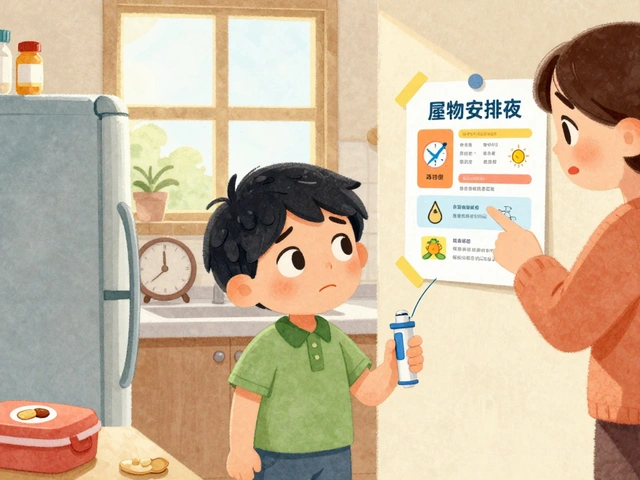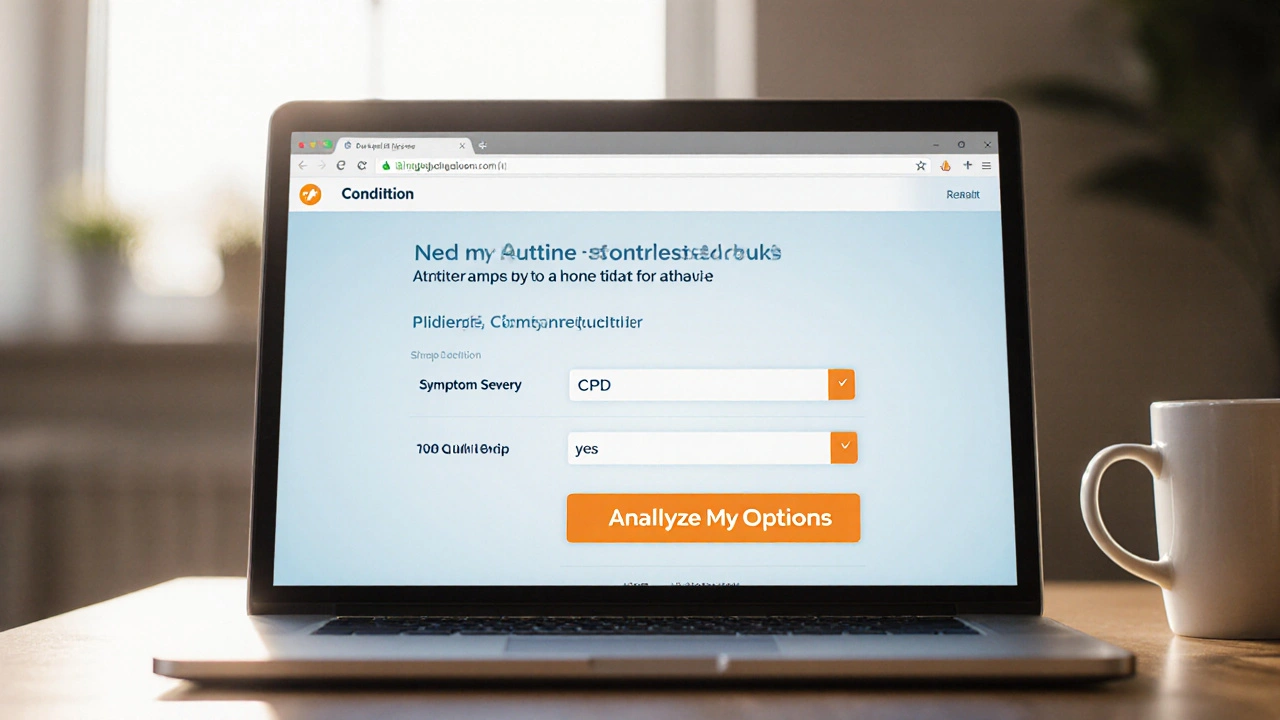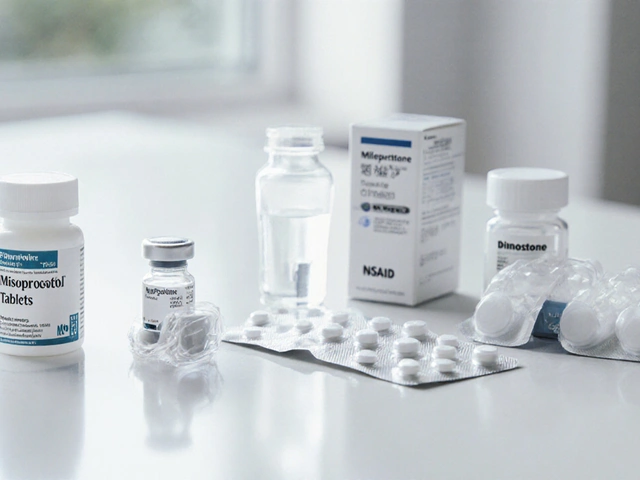COPD inhalers: what works and how to use them right
Short fact: the right inhaler used the right way makes daily life easier and cuts the chance of flare-ups. If you have COPD, understanding types, technique, and simple choices saves time, money, and breath.
Quick guide to inhaler types
There are two main roles for inhalers: rescue and maintenance. Rescue inhalers (short-acting bronchodilators) act fast when you’re breathless—think albuterol/salbutamol. Maintenance inhalers work every day to keep airways open and lower flare-ups. Common maintenance classes are:
- Short-acting muscarinic antagonists (SAMA): e.g., ipratropium, used for quick relief in some cases.
- Long-acting beta-agonists (LABA): e.g., salmeterol, formoterol, improve airflow over time.
- Long-acting muscarinic antagonists (LAMA): e.g., tiotropium, aclidinium; strong for COPD symptom control.
- Inhaled corticosteroids (ICS): e.g., fluticasone, often combined with LABA when inflammation is a big part of symptoms.
- Combination inhalers: LABA/LAMA or LABA/ICS, and triple combos (LABA/LAMA/ICS) for more advanced disease.
Devices also matter: metered-dose inhalers (MDIs) spray medicine and need steady, slow inhalation; dry powder inhalers (DPIs) release powder when you breathe in quickly; soft mist inhalers make a slower spray and can be easier to coordinate. Some inhalers have dose counters—use them.
Use and choose smartly
Technique beats strength. For MDIs: shake, breathe out, place lips around the mouthpiece, press the canister and inhale slowly for 3–5 seconds, hold your breath 5–10 seconds if you can. For DPIs: load dose, exhale away from device, inhale quickly and deeply, then hold. If coordination is hard, ask about a spacer for MDIs—spacers cut down on timing errors and reduce throat residue.
If you use an inhaled steroid, rinse your mouth and spit after use to lower the chance of thrush. Store inhalers at room temperature, check expiry dates, and watch the dose counter or keep a record of refills so you don’t run out.
How to pick one: talk to your clinician about symptom pattern (daily breathlessness, night symptoms, frequent flare-ups), hand strength, and ability to inhale hard for DPIs. Cost and insurance coverage matter—generic options and pharmacy discount programs can help. If an inhaler causes jitteriness, dry mouth, or thrush, report it; there are alternatives.
When to call your clinician: your rescue inhaler isn’t relieving breathlessness, you need it more often than usual, or you have worsening sputum or fever. Don’t wait until symptoms are severe—earlier adjustments prevent hospital visits.
Small steps help: practice technique with a nurse or pharmacist, carry your rescue inhaler, track symptoms in a simple notebook or phone app, and review your inhaler plan at least once a year. Breath by breath, the right device and good technique make daily life smoother.
5
Atrovent (Ipratropium Bromide) vs. Other Bronchodilators: Pros, Cons & Best Uses
A side‑by‑side look at Atrovent (Ipratropium Bromide) versus other bronchodilators, covering how it works, key alternatives, pros, cons and when to choose each.
20
Formoterol/Budesonide Combo vs. Other Inhalers: 2025 Guide to ICS/LABA for Asthma & COPD
Get the inside scoop on how formoterol/budesonide combos stack up against other ICS/LABA inhalers on the market in 2025. This article digs deep into clinical data, user tips, and real-world usage for asthma and COPD. Learn the differences in onset of action, side effects, price, and more. Plus, check out current alternatives and what matters most when picking an inhaler. Make smarter choices for your breathing.
Latest Posts
Popular Posts
-
 Acromegaly: Understanding Excess Growth Hormone and Effective Treatment Options
Acromegaly: Understanding Excess Growth Hormone and Effective Treatment Options
-
 Constipation from Medications: Complete Management Guide
Constipation from Medications: Complete Management Guide
-
 Antipsychotics and Stroke Risk in Seniors with Dementia: What You Need to Know
Antipsychotics and Stroke Risk in Seniors with Dementia: What You Need to Know
-
 Allergy Action Plan: Essential Medications to Carry and When to Use Them
Allergy Action Plan: Essential Medications to Carry and When to Use Them
-
 Medication-Induced Drowsiness: What Causes It and How to Manage It
Medication-Induced Drowsiness: What Causes It and How to Manage It




